2025 conference agenda
The conference runs from 8 a.m. to 6 p.m. Nov. 6. All events are free to attend, thanks to our generous sponsors.
Conference opens, continental breakfast and registration
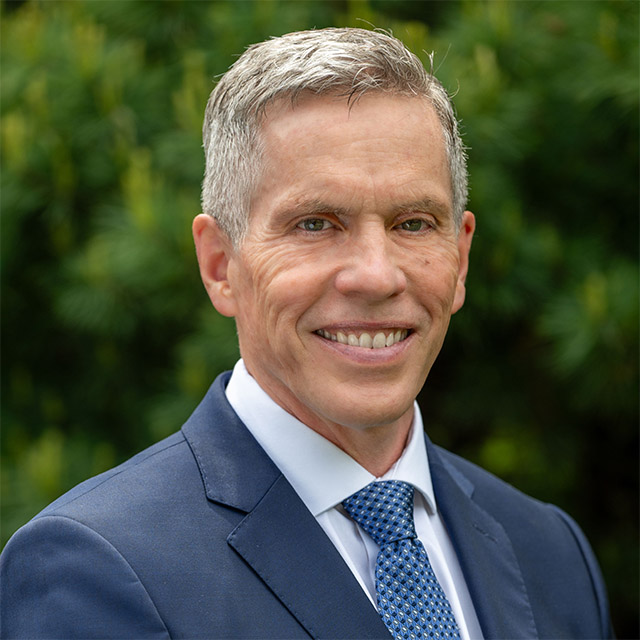
Opening remarks by College of Engineering Dean Tom Weller

Keynote address: Balancing Risk and Reward: AI in Critical Infrastructure Cybersecurity - A Double-Edged Sword?
Artificial intelligence (AI) is rapidly being integrated into the cybersecurity defense of our most critical infrastructure, from power grids to water treatment plants and transportation systems. This integration promises unprecedented benefits, including automated threat detection, predictive analysis and enhanced response capabilities. AI can analyze vast datasets at speeds impossible for humans, offering a powerful new layer of defense against increasingly sophisticated cyber threats.
However, this reliance on AI is a double-edged sword. While AI strengthens defenses, it also introduces new and amplified vulnerabilities that adversaries can exploit. Malicious actors are increasingly using AI to launch more complex, adaptive and automated attacks, making detection and mitigation challenging. This presentation will navigate this complex landscape, exploring both the transformative potential and the profound risks of deploying AI in critical infrastructure cybersecurity. We will examine practical applications, new attack vectors enabled by AI, ethical considerations and the strategic decisions necessary to balance innovation with safety and security. The goal is to provide a comprehensive analysis of this evolving field and foster a critical discussion on how to secure our future in an AI-driven world.
Biography
Maria Sumnicht serves as the National Cybersecurity Director for Critical Infrastructure with the Task Force on Homeland Security. In this capacity, Sumnicht is responsible for monitoring and providing the Center for Security Policy in Washington, D.C. with information and solutions on the happenings within America's critical infrastructure; both regionally in the state of Colorado and nationally. She presents findings before Congress and other regional and local governments and provides solutions, policies and governance expertise for America's critical infrastructure. In her prior role, Sumnicht was with New York City Cyber Command as the urban technology architect. Sunmicht led the effort in proactively securing the New York City's IoT and ICS infrastructure. Sumnicht stood up the first of its kind centralized proactive IoT and ICS cyber security programs for a municipality: New York City, serving over 67 agencies, entities and offices. She also led the team that performed the cybersecurity assessments on NYC fresh and reclaimed water facilities, America’s largest. She worked with NYC DEP and led the team in remediating and mitigating the vulnerabilities. Prior to NYC Cyber Command, Sumnicht co-founded SurveillanceGrid, a smart city integrator, and worked at Cisco Systems in various positions in corporate quality, network management, IT and InfoSec. Sumnicht worked 8+ years at NASA Ames Research Center and was responsible for the overall administration, information and network security of 325-plus systems including the Cray Supercomputers at the Numerical Aerodynamic Simulation Center (NAS) at NASA Ames. In this role, she was on the ‘first’ cybersecurity incident response team when the Morris Worm infected the NASA WLAN, the birth of cybersecurity.
CTF is presented by Hack the Box
Break
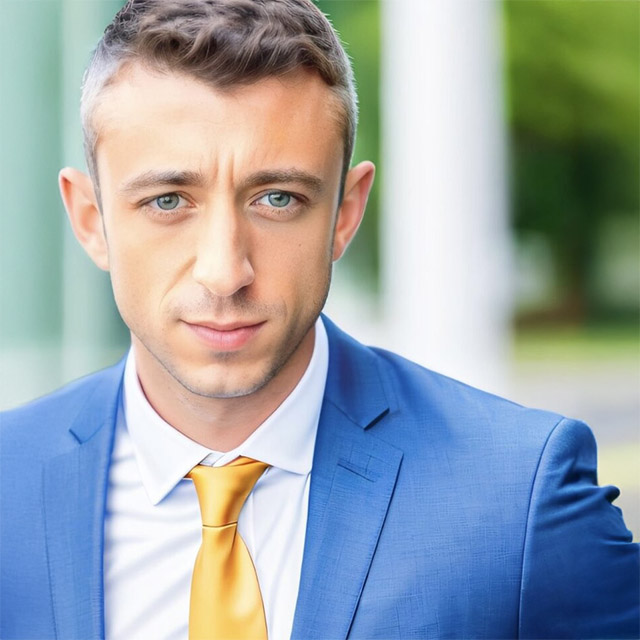
From Firewalls to Future-Proofing: Rethinking Cybersecurity in 2025 and Beyond
Presented by Aaron Rose, Office of the CTO, Check Point Software Technologies
Traditional defenses alone are no longer enough. In this talk, we’ll discuss how cyber threats, digital transformation and AI adoption are changing the way we think about protection. The session will highlight emerging trends and practical considerations for organizations of all types and sizes to stay secure in an unpredictable future.
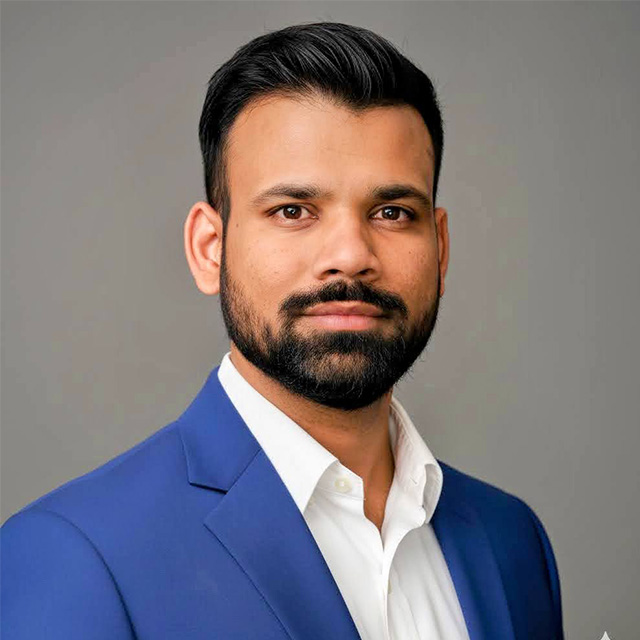
Good vs. Bad AI: The Escalating Cybersecurity Arms Race
Presented by Ameya Kawimandan, Palo Alto Networks, Solution Consulting Leader, Public Sector (Nevada and Southern California)
Aug. 25, 2025: Nevada's state government went dark. DMV closed, law enforcement locked out, citizen data stolen. The weapon? AI-powered ransomware operating at machine speed.
This isn't tomorrow's threat—this is today's reality. AI-generated phishing has become 24% more effective than attacks crafted by elite human hackers. Malicious AI tools cost just $200 per month, democratizing sophisticated attacks. Meanwhile, the public agencies I work with across Nevada and Southern California face this onslaught with unfilled positions, legacy systems and the impossible task of defending every vulnerability, every second, while attackers need just one success.
But there's a path forward. Drawing on field experience scanning government networks, participating in Nevada's AI policy discussions, and nearly two decades in cybersecurity operations and solutions, this session cuts through the hype to deliver what's actually happening in the wild. You'll learn why traditional defenses are failing, how the attacker-defender asymmetry has reached critical levels and three concrete actions you can implement Monday morning—regardless of budget constraints.
The question isn't whether to fight AI with AI. It's how fast we can start.
CTF is presented by Hack the Box
Enjoy lunch

Keynote address: Securing Enterprise AI: Risks, Emerging Threats and Practical Steps for Protection
Enterprises are rapidly embedding AI into their products and workflows — from chatbots and agents to core business applications — but with this adoption comes a new set of risks. Attackers are already exploiting vulnerabilities unique to AI, including prompt injection, sensitive data exposure, model poisoning and supply chain attacks. These threats aren’t theoretical; they’re disrupting businesses today.
In this session, we’ll explore how organizations can move beyond awareness to practical protection of their AI usage. We’ll explore:
- Top trends shaping how organizations are adopting AI
- Key security, compliance, and governance risks
- Practical steps enterprises can take today to mitigate these risks
The session will deliver a clear, actionable steps for protecting AI in the enterprise - ensuring these powerful technologies remain secure, trustworthy, and resilient while enabling innovation at scale.
Biography
Guy Shanny is a seasoned cybersecurity professional. He was the Co-Founder and CEO of Polar Security, the inventor of Data Security Posture Management (DSPM). Shanny led the company from inception to successful acquisition by IBM. Now a global leader for Data Security and AI Security at IBM, Shanny is a recognized thought leader in all things data and AI security.
AI Countermeasures: Attack Generation and Defensive Response with AI
Presented by Mark Precious and David DeLozier, CarbonHelix Security Operations
As adversarial use of AI is expected to increase the speed, volume and sophistication of attacks, security operations centers (SOCs) need to be prepared to counter the flood with defensive AI capabilities. CarbonHelix presenters will show a demonstration of an AI-generated attack and how AI augmented defense can help the SOC uncover successful attempts to bypass endpoint detection and response (EDR). They will discuss other cybersecurity applications in AI countermeasures to validate, score and triage attacks to help SOC analysts respond faster and with greater accuracy.
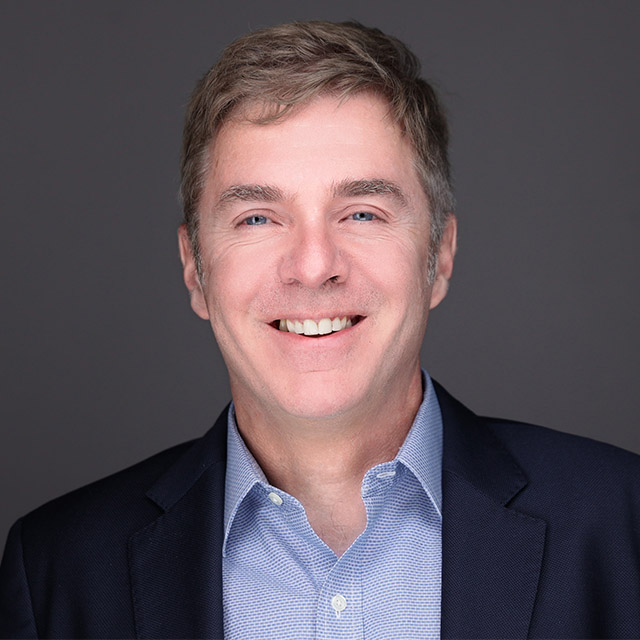 Mark Precious
Mark Precious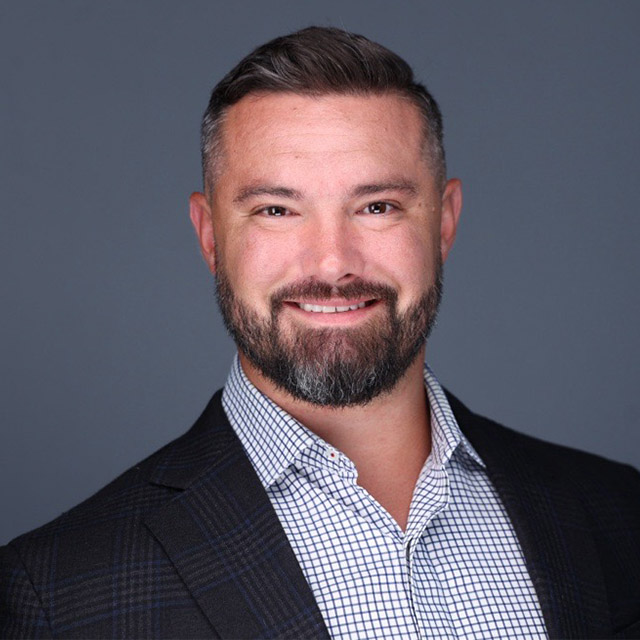 David DeLozier
David DeLozier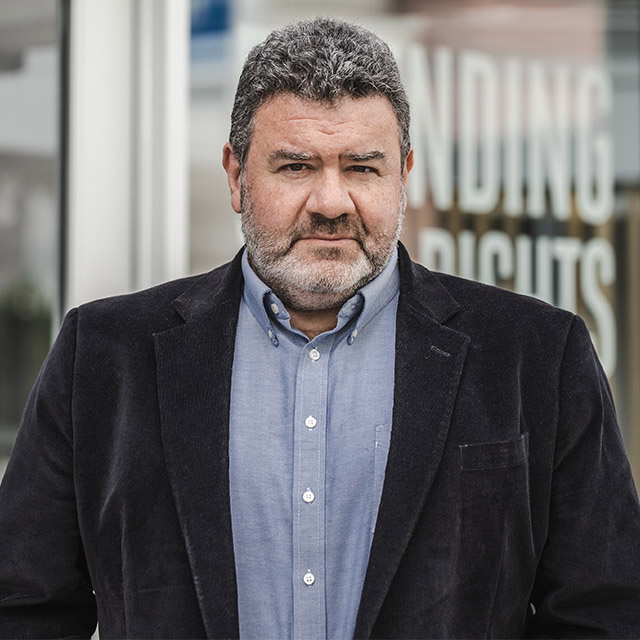
Meeting the Moment in Privacy, Journalism and Democracy
Presented by Josh Richman, communications director, Electronic Frontier Foundation
We find ourselves in a difficult moment as journalism as we’ve known it is foundering and privacy rights are under direct attack like never before, both of which weaken the underpinnings of democracy. How do we make journalists, policymakers, and the public understand these threats? How do we make everyone understand that if you use technology – be it the internet, a phone, or even a car – then this fight is yours?
CTF is presented by Hack the Box
Planning Nevada’s Research IT Ecosystem: Data Security and AI Challenges
Moderated by Scotty Strachan, principal research engineer, System Computing Services, Nevada System of Higher Education
Panelists:
- Toolika Ghose, Assistant Director for Research and Teaching Cyberinfrastructure, Office of Information Technology, University of Nevada, Las Vegas
- Edward Mitchell, Director of Cyberinfrastructure, Information Technology, Desert Research Institute
- Joel Zysman, Director of Research Computing, Office of Information Technology, University of Nevada, Reno
 Scotty Strachan
Scotty Strachan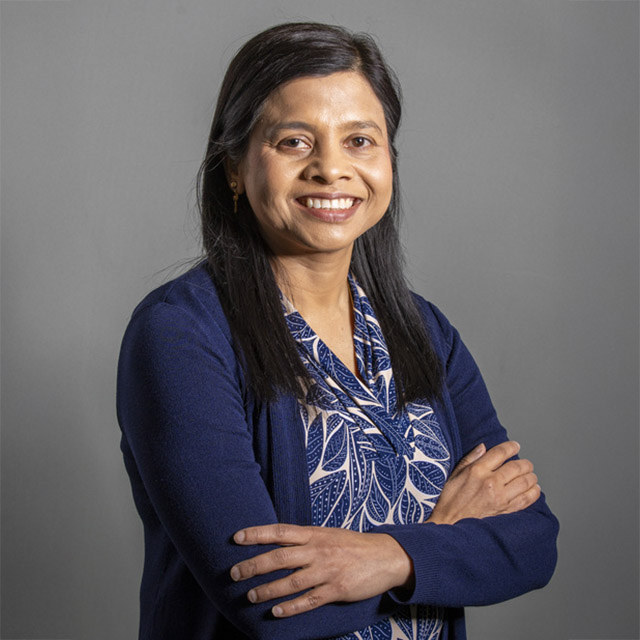
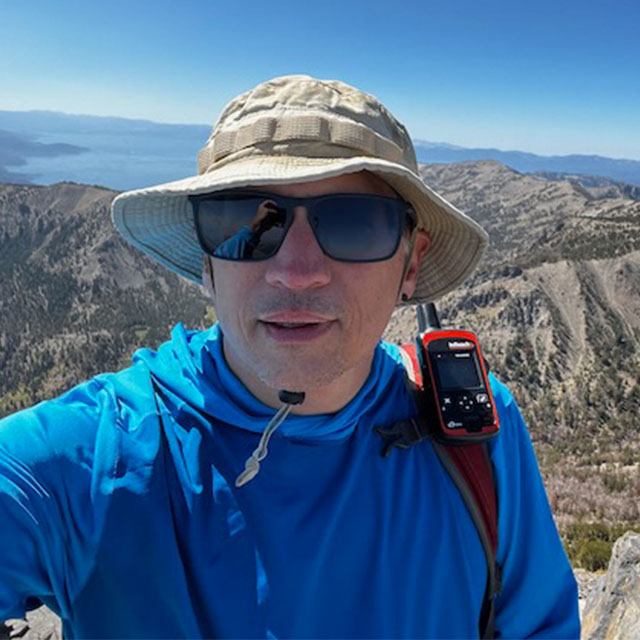
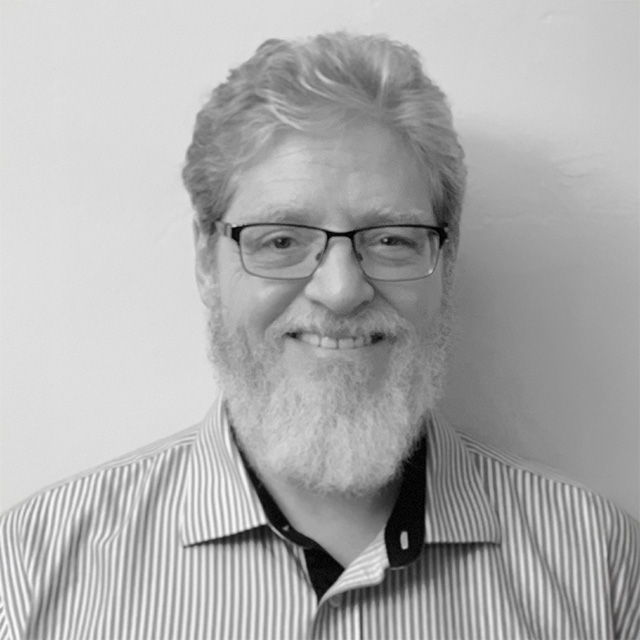
- Industry showcase event
- Robotics demo
- Student posters
Awards and wrap-up